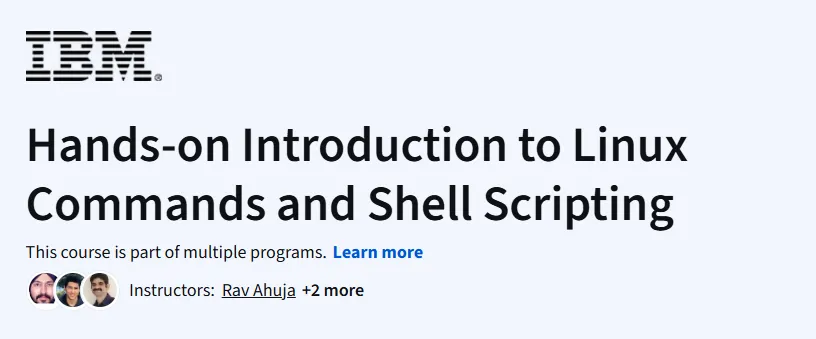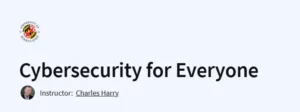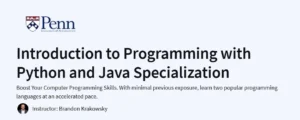Hands-on Introduction to Linux Commands and Shell Scripting
A practical and empowering Linux course that gets you confidently working in the command line and writing your own shell scripts.
What will you learn in Hands-on Introduction to Linux Commands and Shell Scripting Course
Master basic Linux commands for file and directory manipulation.
Navigate Linux environments and use the terminal efficiently.
Create and execute shell scripts to automate tasks.
Understand file permissions, environment variables, and command chaining.
Program Overview
Module 1: Introduction to Linux and Shell
⏱️ 1 week
Topics: Linux architecture, terminal vs GUI, shell overview
Hands-on: Launching Linux CLI, navigating file system
Module 2: Essential Linux Commands
⏱️ 1 week
Topics:
ls,cd,cp,mv,rm,mkdir,man,cat,echoHands-on: Create, move, delete, and view files and directories
Module 3: Permissions and Ownership
⏱️ 1 week
Topics:
chmod,chown, file access levels, symbolic vs numeric modesHands-on: Change file and folder permissions, assign ownership
Module 4: Shell Scripting Basics
⏱️ 1 week
Topics: Script structure, variables, conditionals, loops
Hands-on: Write and execute basic shell scripts
Module 5: Advanced Scripting Techniques
⏱️ 1 week
Topics: Command chaining, functions, debugging, argument handling
Hands-on: Build a reusable script for a system admin task
Get certificate
Job Outlook
High demand for Linux and shell scripting skills in DevOps, IT support, and cloud roles.
Entry-level roles include Linux System Admin, IT Support Specialist, and Junior DevOps Engineer.
Salaries range from $55,000 to $105,000 depending on specialization and location.
Freelance and remote work options are widely available in the open-source ecosystem.
- Clear explanation of each command’s purpose
- Beginner-friendly scripting exercises
- Builds confidence for working in Linux environments
- Doesn't cover advanced bash scripting
- Limited real-world scripting scenarios
Specification: Hands-on Introduction to Linux Commands and Shell Scripting
|
FAQs
- No prior Linux experience is required; the course introduces concepts from scratch.
- Basic familiarity with computers and command-line interfaces is helpful but not mandatory.
- Step-by-step instructions guide learners through commands and scripting.
- Beginners can practice safely in a virtual Linux environment.
- Hands-on exercises ensure gradual and practical learning.
- The course includes exercises for navigating the file system, managing files, and executing commands.
- Learners practice essential Linux commands such as
ls,grep,chmod, andtar. - Practical tasks simulate real-world Linux administration scenarios.
- Step-by-step labs build confidence in performing command-line operations.
- Regular practice helps learners apply skills in both development and server environments.
- The course introduces basic shell scripting concepts and syntax.
- Learners create scripts to automate repetitive tasks.
- Practical exercises include loops, conditionals, and file handling.
- Scripts can be applied to system administration, data processing, or development workflows.
- Hands-on scripting projects help learners build practical automation skills.
- Linux is widely used in server environments, cloud platforms, and software development.
- Shell scripting enhances productivity by automating routine tasks.
- Skills are applicable in roles such as DevOps, system administration, and backend development.
- Knowledge of Linux commands and scripting is highly sought in enterprise and cloud computing.
- Hands-on practice ensures learners can confidently perform real-world tasks.
- Estimated completion is around 2–4 weeks at a part-time pace.
- Weekly commitment of 3–5 hours is generally sufficient to follow lectures and complete exercises.
- Consistent practice in commands and scripts reinforces learning.
- Revisiting labs or experimenting with scripts may require additional time.
- Regular engagement ensures learners develop both foundational Linux skills and practical scripting expertise.





